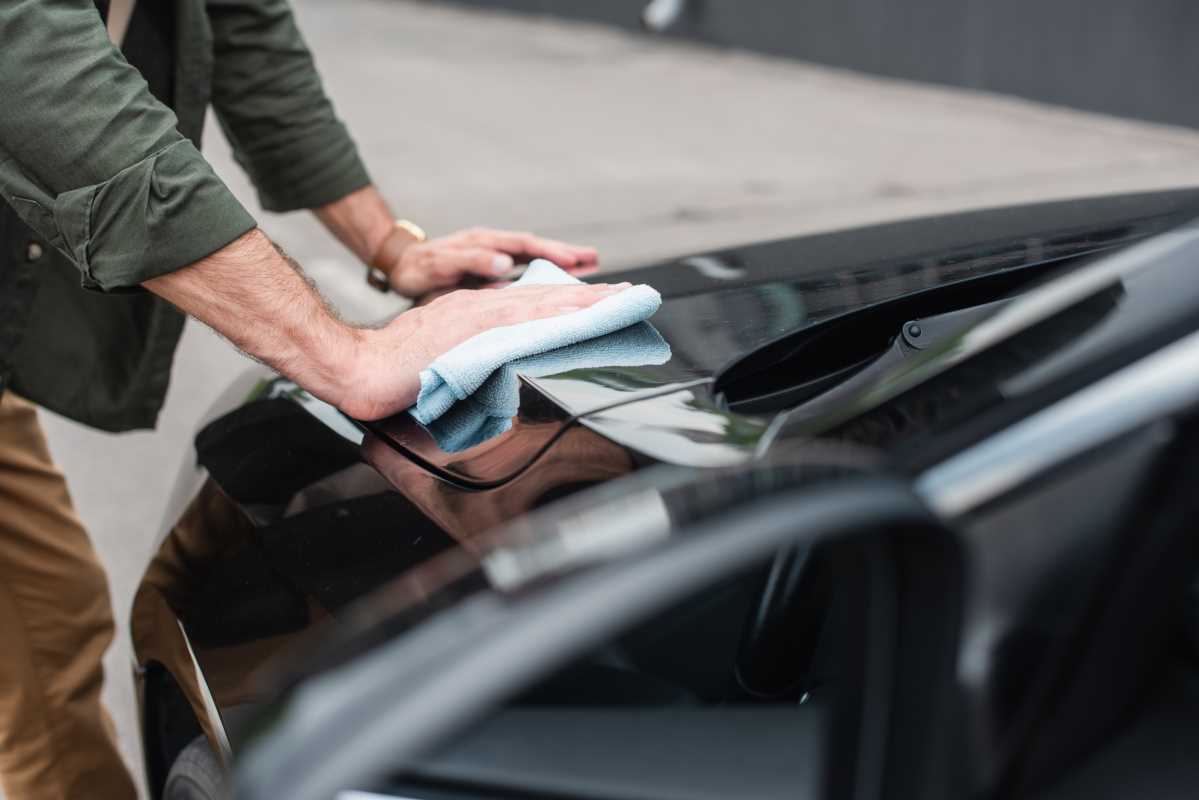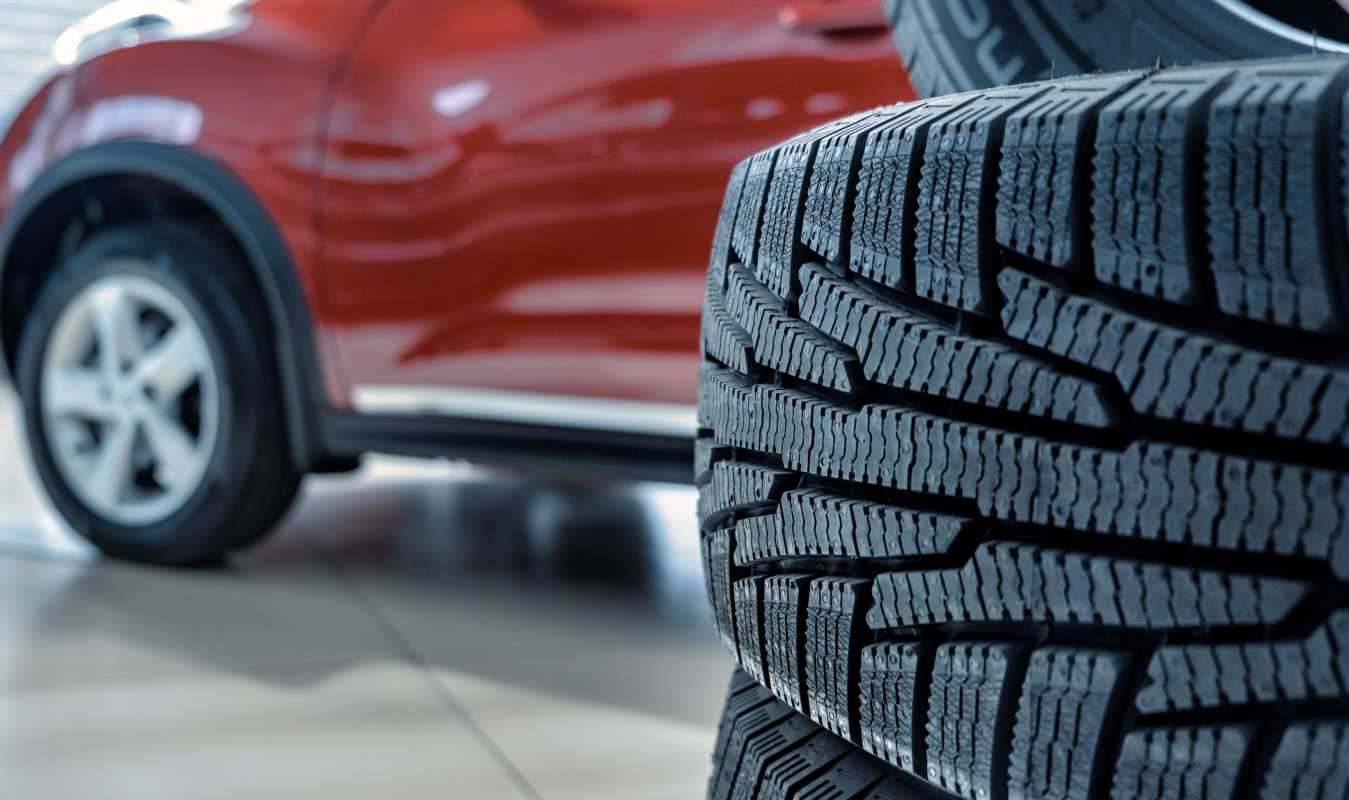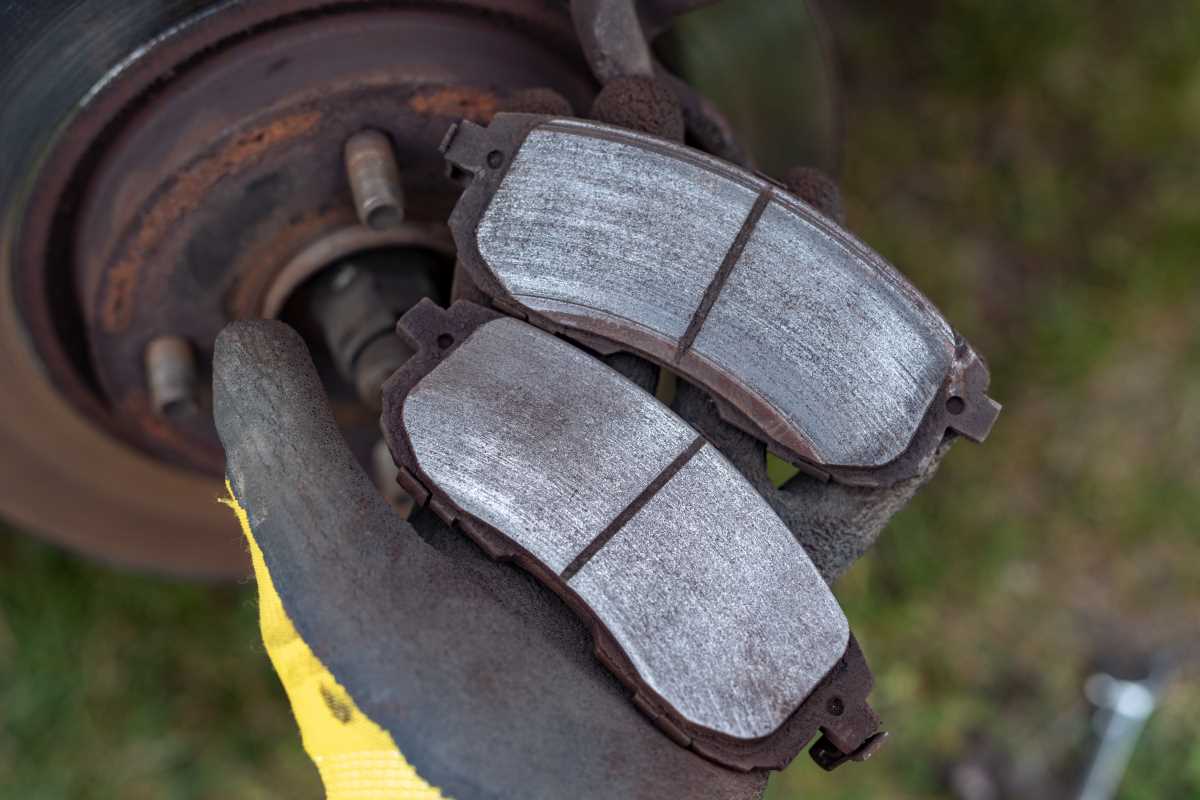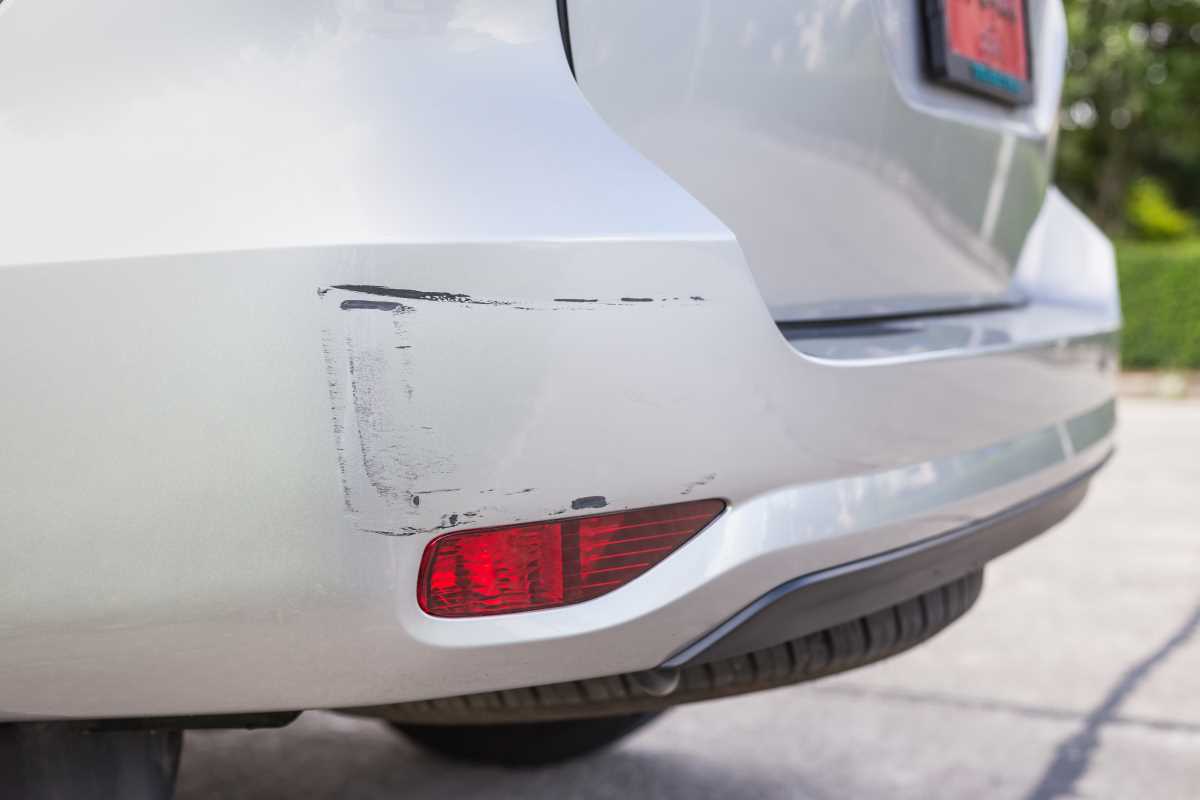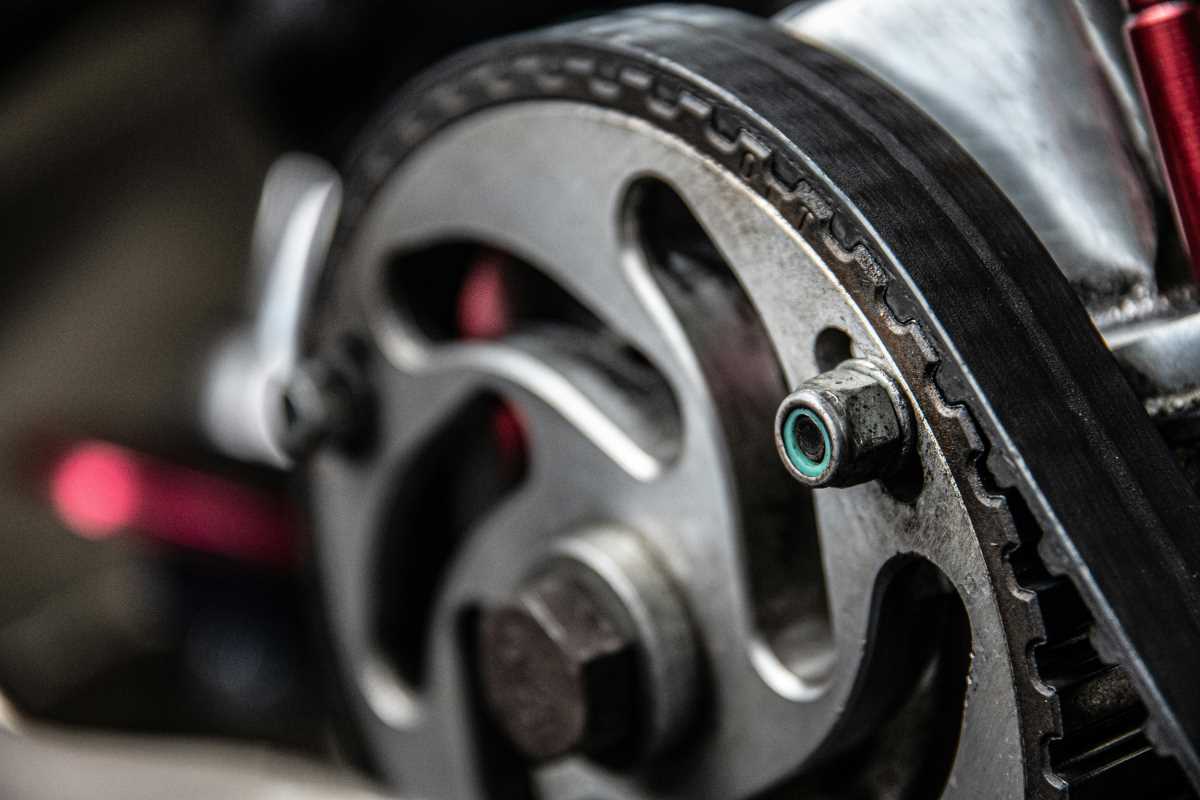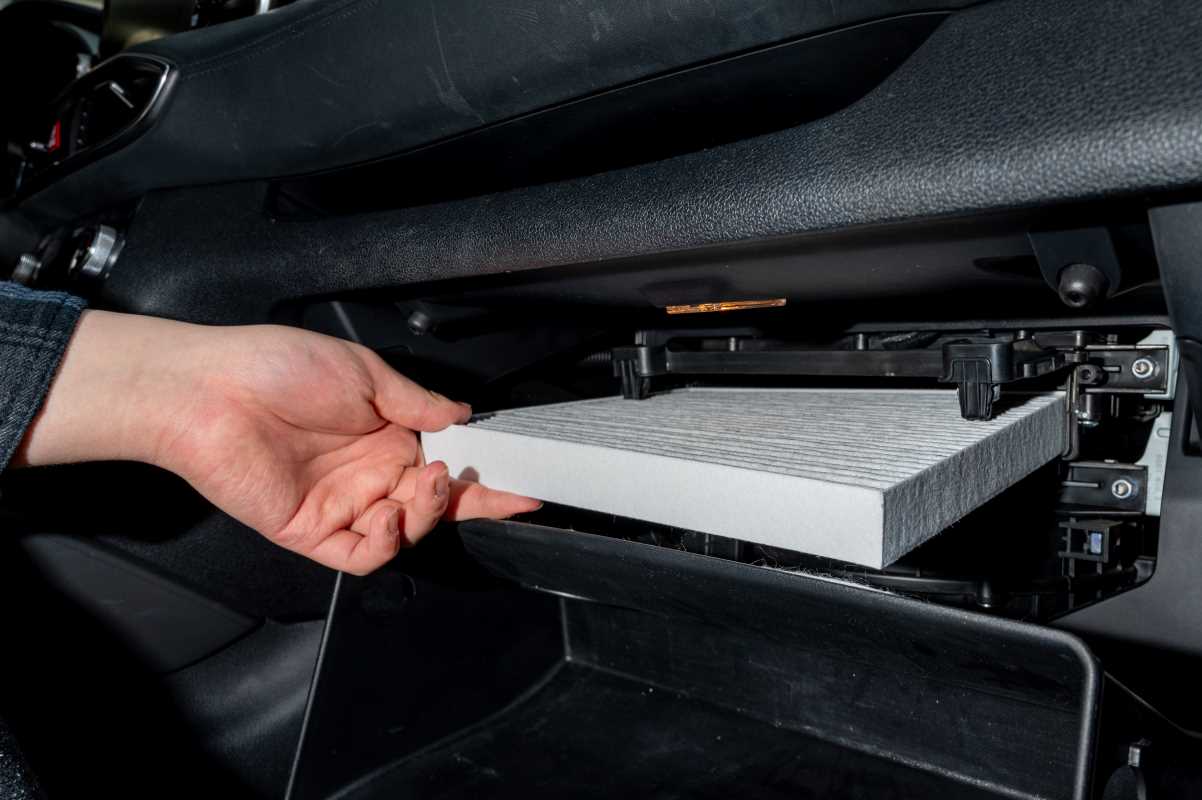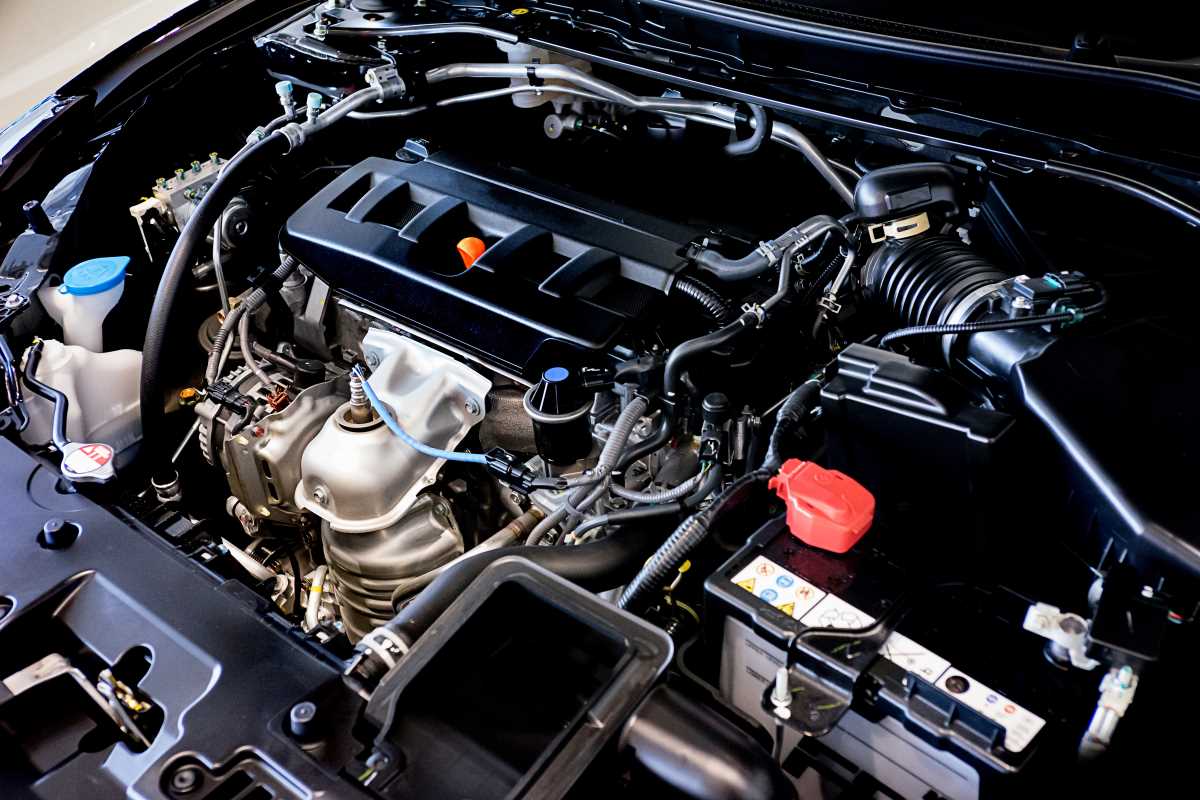Giving your car a good wax is about so much more than just making it look shiny and new. A layer of wax is like sunscreen for your car’s paint, creating a protective barrier against the sun's harsh UV rays, which can cause fading and oxidation over time. It also shields your paint from environmental contaminants like bird droppings, tree sap, and road grime, making your car significantly easier to wash. A well-protected, glossy finish not only boosts your pride of ownership but also helps maintain the vehicle's resale value. From a practical safety and insurance standpoint, clean and waxed glass improves visibility in the rain, and taking care of your car’s finish shows you are a responsible owner. It also helps you avoid small, costly cosmetic claims for paint damage that could have been prevented with a simple coat of wax.
Wax, Sealant, or Ceramic: What's the Difference?
When you walk down the car care aisle, the choices can be overwhelming. The three main categories of paint protection are wax, sealant, and ceramic coatings. Traditional waxes are often made with natural carnauba wax, derived from a palm tree in Brazil. Carnauba is prized for the deep, warm, wet-look shine it produces. However, natural waxes typically don't last very long, usually offering protection for about one to three months.
Paint sealants are fully synthetic products created in a lab. They don't offer the same depth of shine as carnauba, but they create a slick, durable shell that lasts much longer, often four to six months or more. Ceramic coatings are the newest and most durable option, forming a semi-permanent, glass-like layer on your paint that can last for years. However, they are more expensive and require meticulous surface preparation. For most DIY enthusiasts, a wax or sealant is the perfect balance of performance, ease of use, and affordability.
How to Choose the Right Product for You
Your choice depends on your goals. If you love the process of waxing your car and want the absolute best shine for a car show, a high-quality carnauba paste wax is a great choice. If you prefer a "set it and forget it" approach and value longevity over ultimate gloss, a synthetic paint sealant is the way to go. Hybrid products offer the best of both worlds, blending natural waxes with synthetic polymers to give you both a great shine and respectable durability.
For beginners or those short on time, spray waxes are a fantastic option. They are incredibly easy to apply—just spray on and wipe off—and can provide a quick boost of shine and protection that lasts a few weeks. They are also perfect for use as a "drying aid" after washing your car to prevent water spots and add a layer of protection.
The Secret is in the Prep Work
You can’t get a long-lasting shine by putting wax on a dirty car. Proper preparation is the most critical step of the entire process. Start with a thorough wash using the two-bucket method to prevent scratching. One bucket holds your soapy water, and the other holds plain rinse water for your wash mitt. This keeps the dirt you take off the car from going back into your clean soap.
After washing and drying, feel the paint with your hand. If it feels gritty or rough, it has bonded contaminants that washing alone can't remove. You'll need to use a clay bar or clay mitt. This process, called decontamination, involves gliding a piece of detailing clay over the lubricated paint surface to pull out embedded grit, leaving the paint perfectly smooth and ready for wax.
Hand vs. Machine Application
Applying wax by hand is the traditional method and is very effective. Using a soft foam applicator pad, apply a small amount of wax to the pad and spread it on the paint in thin, even, overlapping strokes. Work on one panel at a time, like a door or half the hood. The key is to apply the wax as thinly as possible. A thick coat doesn't add more protection; it just makes it harder to remove and wastes product.
For those looking for more speed and even coverage, a dual-action (DA) polisher with a soft foam finishing pad can be used to apply wax or sealant. This machine oscillates in a random pattern, making it very safe for beginners. It spreads the product quickly and evenly with very little effort.
The Art of the Haze and Buff
After applying the wax to a panel, you need to let it "cure" or dry. This is when the solvents evaporate, and the protective polymers bond to the paint. The wax will transform from a clear, greasy film into a hazy or chalky layer. The time this takes can vary from a few minutes to half an hour, depending on the product and the weather. Always read the instructions on the bottle. Working in the shade on a cool panel is essential; hot sun can cause the wax to dry too quickly and become difficult to remove.
Once the wax has hazed over, it’s time to buff it off. Use a high-quality, plush microfiber towel. Fold the towel into fourths. Use one side to gently wipe away the majority of the wax residue. Then, flip the towel to a clean side to do a final buff, revealing a slick, glossy finish. Using good microfiber towels is crucial to avoid scratching the paint you just perfected.
Special Considerations and Common Mistakes
Not all parts of your car should be waxed. Avoid getting traditional wax on unpainted black plastic trim, as it can dry to a white, chalky stain that is very difficult to remove. Masking off these areas with painter's tape beforehand is a great pro tip. There are specific trim restorer products designed for these surfaces. Also, most waxes are not meant for glass, though some synthetic sealants can be used on windows to act as a rain repellent. Never apply wax to a car with matte paint, as it will fill in the texture and create a blotchy, semi-gloss finish.
The most common mistake is applying too much wax. If you see streaks or "high spots" after buffing, it's likely due to excess product that didn't fully cure. You can fix this by using a quick detailer spray and a clean microfiber towel to wipe the area down, which will help reactivate and remove the excess wax.
Maintaining Your Shine
After all your hard work, you'll want to make it last. Use a pH-neutral car soap for regular washes, as harsh detergents can strip your wax. A quick detailer spray is perfect for removing light dust, fingerprints, or bird droppings between washes without having to do a full wash. You can also re-apply a layer of spray wax every few weeks to top up the protection. Most sealants and waxes can be layered, and applying a second coat 12-24 hours after the first can enhance durability and shine. Doing this yourself can save you well over $100 compared to a professional detail, and it gives you a keen eye for your car's condition, helping you spot any minor damage before it becomes a bigger issue.
